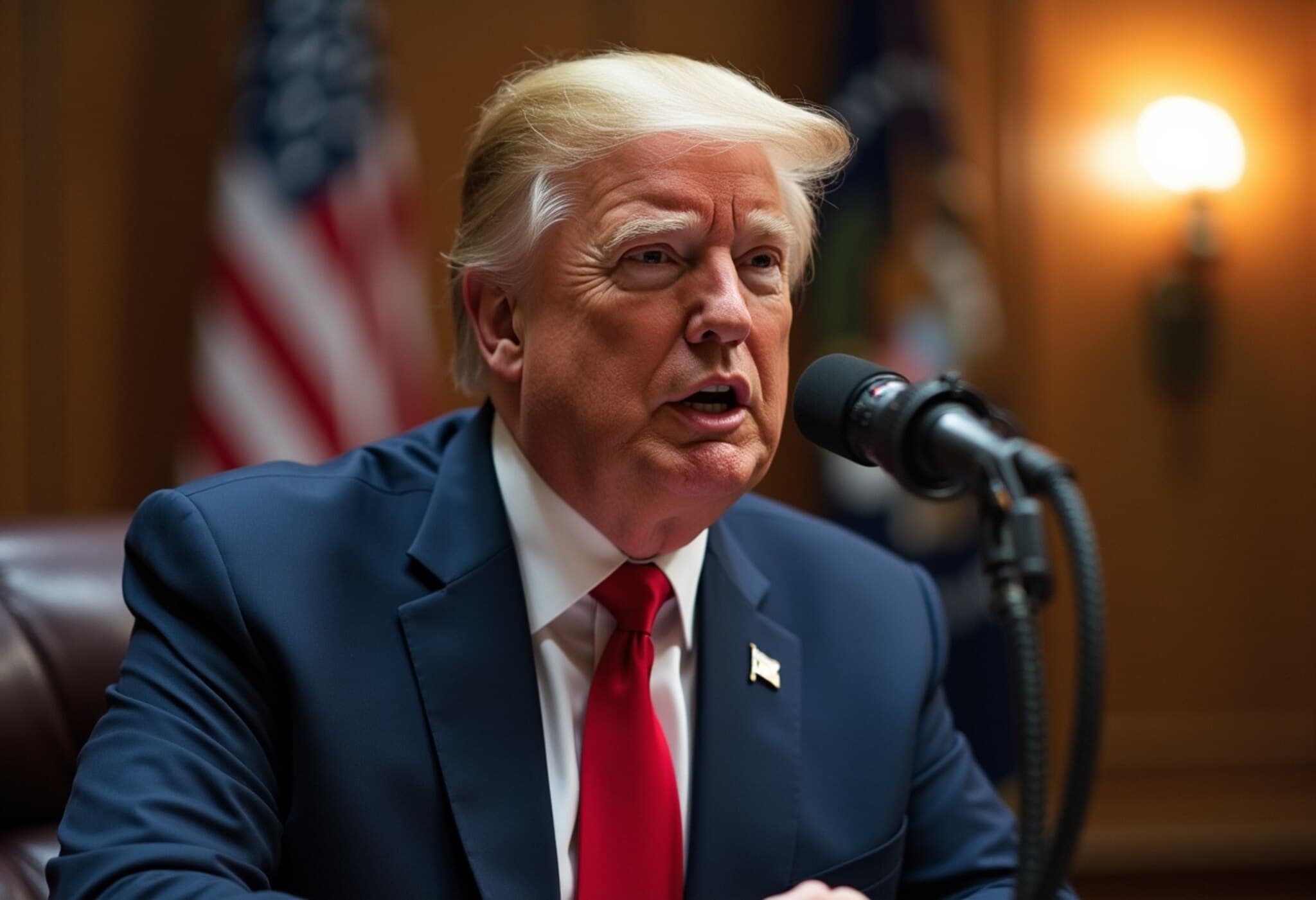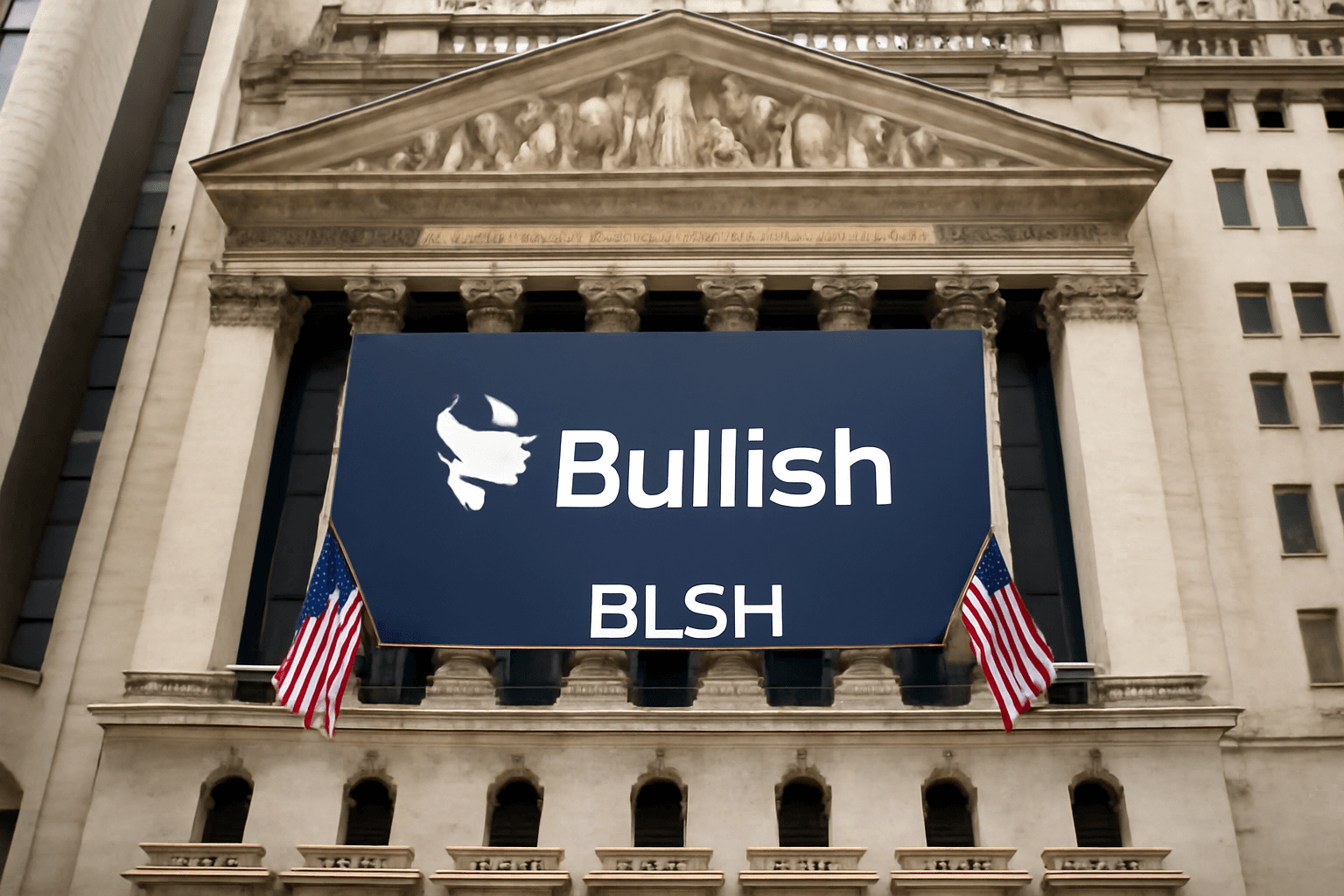Circle's Revenue Rockets 53% Driven by Robust Stablecoin Demand
Shares of Circle, the prominent issuer of the USD Coin (USDC) stablecoin, surged following the release of its second-quarter earnings—the company's first report as a publicly listed entity. The firm recorded a noteworthy 53% increase in revenue, climbing to $658.1 million from $430 million in the same quarter last year. This impressive growth stems primarily from a 90% year-over-year expansion in the circulation of USDC stablecoins, now totaling approximately $61.3 billion.
Net Loss Reflects One-Time IPO-Related Charges
Despite the uptick in revenue, Circle reported a net loss of $482.1 million (equivalent to $4.48 per share), a reversal from a breakeven point last year. Most of this deficit arose from non-cash charges tied to its June initial public offering (IPO), including $424 million in stock-based compensation and a $167 million adjustment linked to convertible debt valuations. These costs overshadowed what otherwise might have been a profitable quarter.
CEO Jeremy Allaire Highlights Crypto's Growing Role in Finance
Speaking to CNBC's Squawk Box, Circle CEO Jeremy Allaire eloquently framed the company's milestones within the broader fintech landscape: "The internet is colliding with the financial system." He drew parallels to the transformative impact of open internet and software networks on sectors like media and education, asserting that blockchain-powered stablecoins are laying the groundwork for a new financial era.
Looking Ahead: Launching Arc, a New Blockchain for Financial Markets
Circle also revealed plans to launch Arc, a proprietary blockchain tailored to facilitate stablecoin payments, foreign exchange (FX), and capital markets operations. Set to begin developer testing this fall, Arc aims to deepen Circle's integration into conventional and emerging financial infrastructures.
- Projected additional revenue for the remainder of 2025 ranges from $75 million to $85 million.
- Adjusted operating expenses are expected between $475 million and $490 million.
- USDC circulation is forecasted to grow at a compound annual rate of 40% over the business cycle.
Stablecoins in the Wider Crypto and Regulatory Context
USDC is the second-largest stablecoin globally, controlling roughly 26% of the dollar-backed stablecoin market, behind Tether's dominant 67%. Traditionally serving as bridge currencies within crypto trading, stablecoins are increasingly gaining acceptance across mainstream banking and capital markets—a shift accelerated by recent U.S. regulatory changes.
Significantly, the Trump administration has overturned select Biden-era restrictions, endorsing more crypto-friendly policies like the recently enacted GENIUS Act, the first U.S. legislation governing stablecoins. According to Allaire, this favorable environment has stimulated partnerships with major financial institutions eager to explore stablecoin applications beyond trading—spanning payments and capital markets.
Expert Insight: What Circle’s Trajectory Means for Financial Innovation
Circle’s explosive revenue growth and expansion into blockchain infrastructure via Arc symbolize a maturing stablecoin ecosystem poised to bridge decentralized finance (DeFi) and traditional markets. However, the sizable IPO-related net loss prompts questions about sustainable profitability and whether the sector’s rapid scaling can withstand evolving regulatory and market pressures in the long run.
From an economic policy standpoint, Circle’s progress underscores how regulatory clarity can unlock institutional engagement, a critical step in stabilizing and legitimizing digital assets within the broader financial system. Nevertheless, observers should watch closely for how Congress shapes future crypto legislation—balancing innovation with consumer protection.
Editor’s Note
Circle’s recent earnings illustrate the growing intersection of internet technology and financial services, driven by stablecoins that are quickly becoming essential tools for payments and capital markets. While rising revenues highlight strong market demand, the net loss linked to IPO costs serves as a reminder of startup growing pains amid an evolving regulatory landscape. As Circle prepares to launch its Arc blockchain, industry watchers must ask: How will regulatory frameworks keep pace with such innovations, and what does this mean for the future of money?



















